SENISCA is an award-winning biotech from the University of Exeter, focused on modulating RNA biology to treat age-related disease.
SENISCA targets the process of cellular ageing (senescence) via the development of RNA senotherapeutics which specifically target the causative molecular mechanisms that drive senescence.
Age-related disease is caused by the failure in basic cell health mechanisms, collectively known as the hallmarks of ageing. 15+ years of world-leading research by SENISCA's founders led to the identification of a novel hallmark of ageing, dysregulated RNA splicing, a fundamental contributor to cellular senescence and ageing. We are leveraging this proprietary knowledge to develop senotherapeutics that specifically reverse senescence for the treatment of age-related disease.

 Senescent primary astrocyte cells.
Senescent primary astrocyte cells.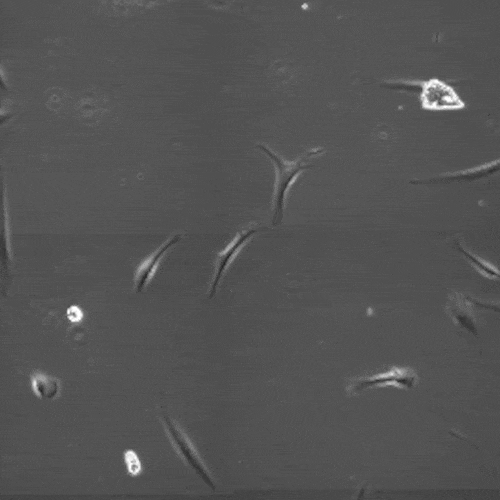 48 hour timelapse of rejuvenating senescent primary human dermal fibroblast cells.
48 hour timelapse of rejuvenating senescent primary human dermal fibroblast cells.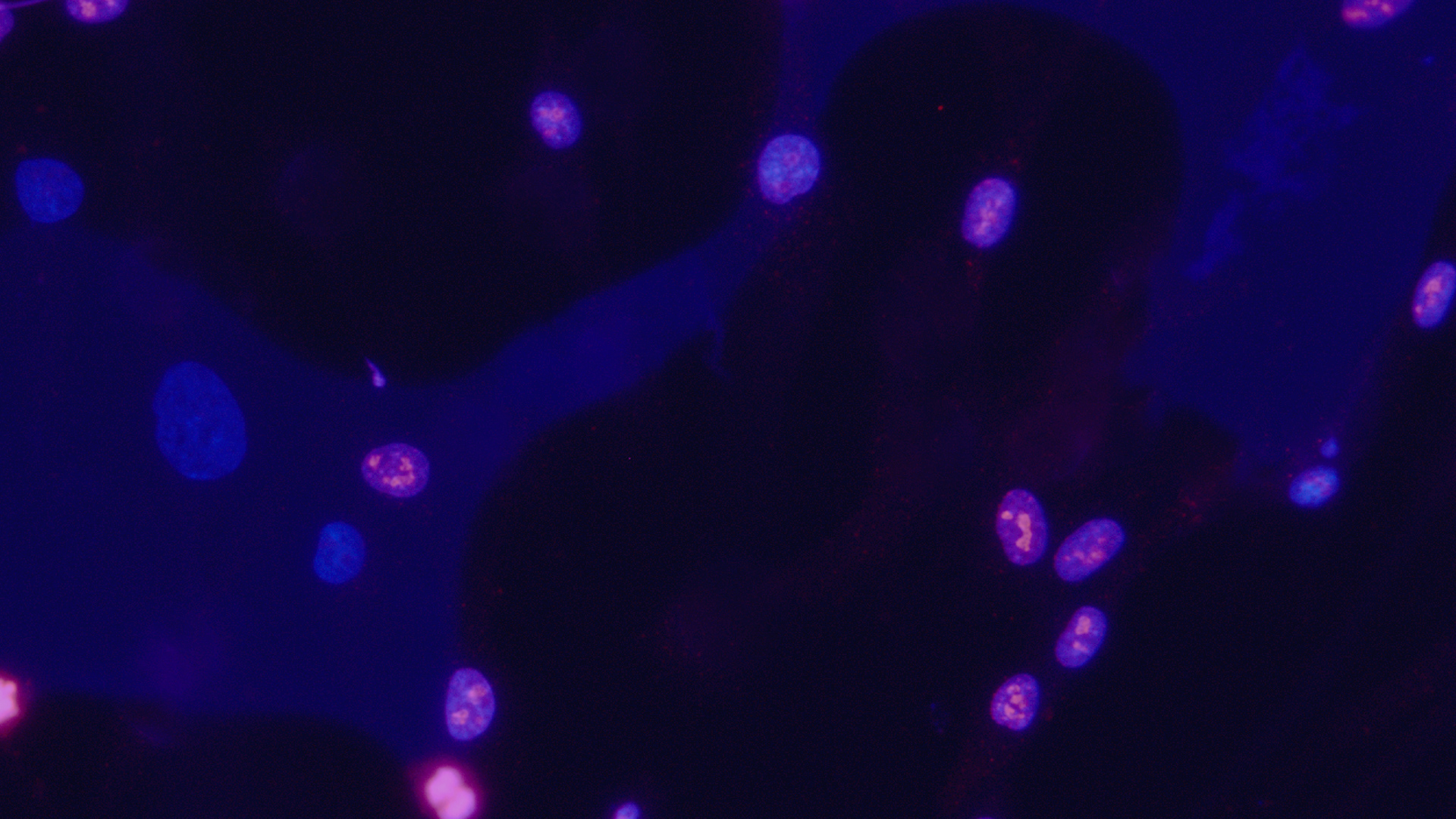
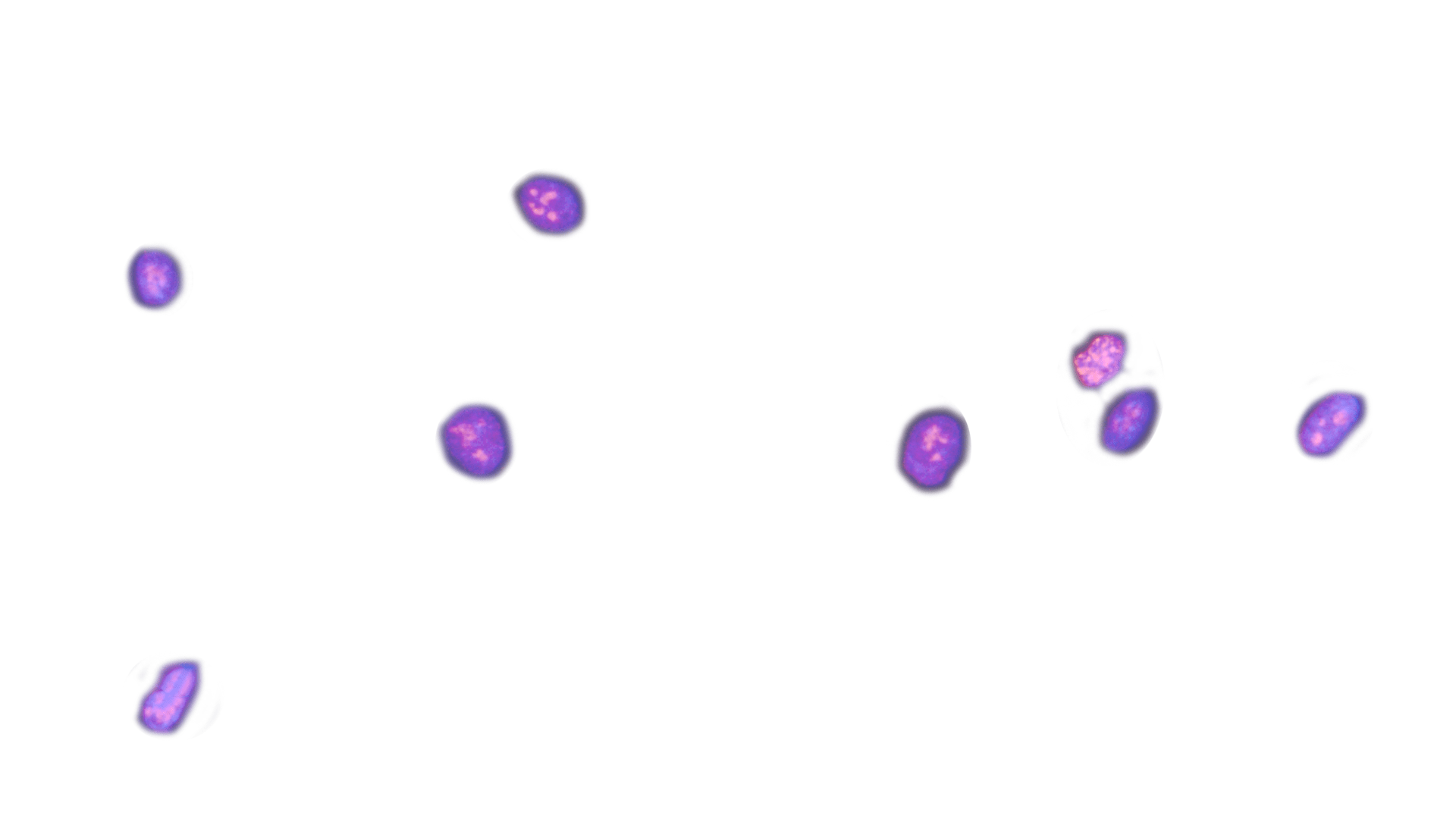
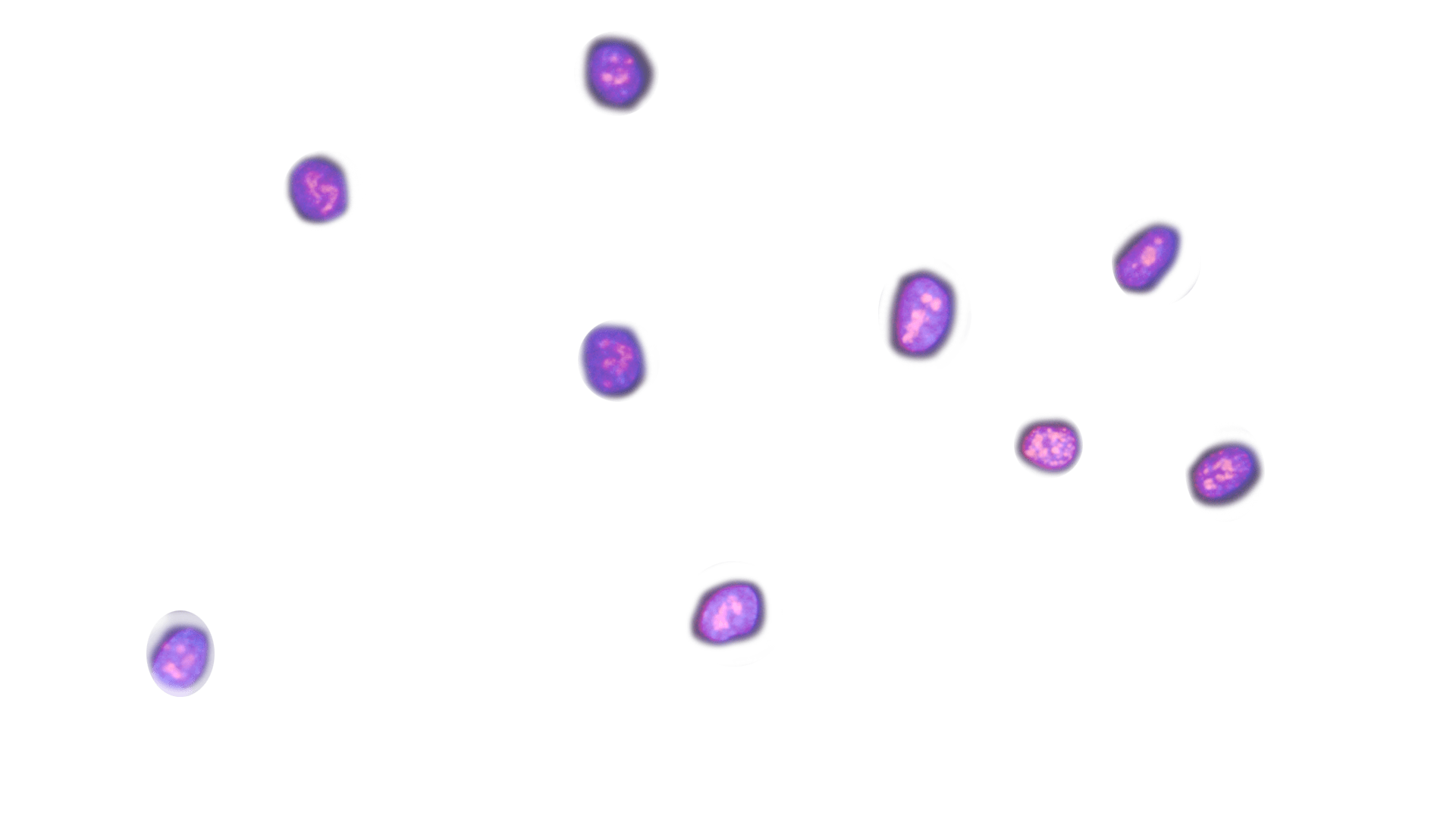 Proliferating primary human fibroblast cells.
Proliferating primary human fibroblast cells.

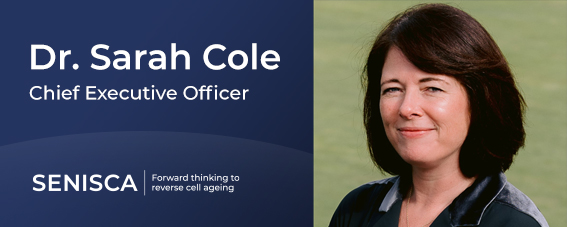




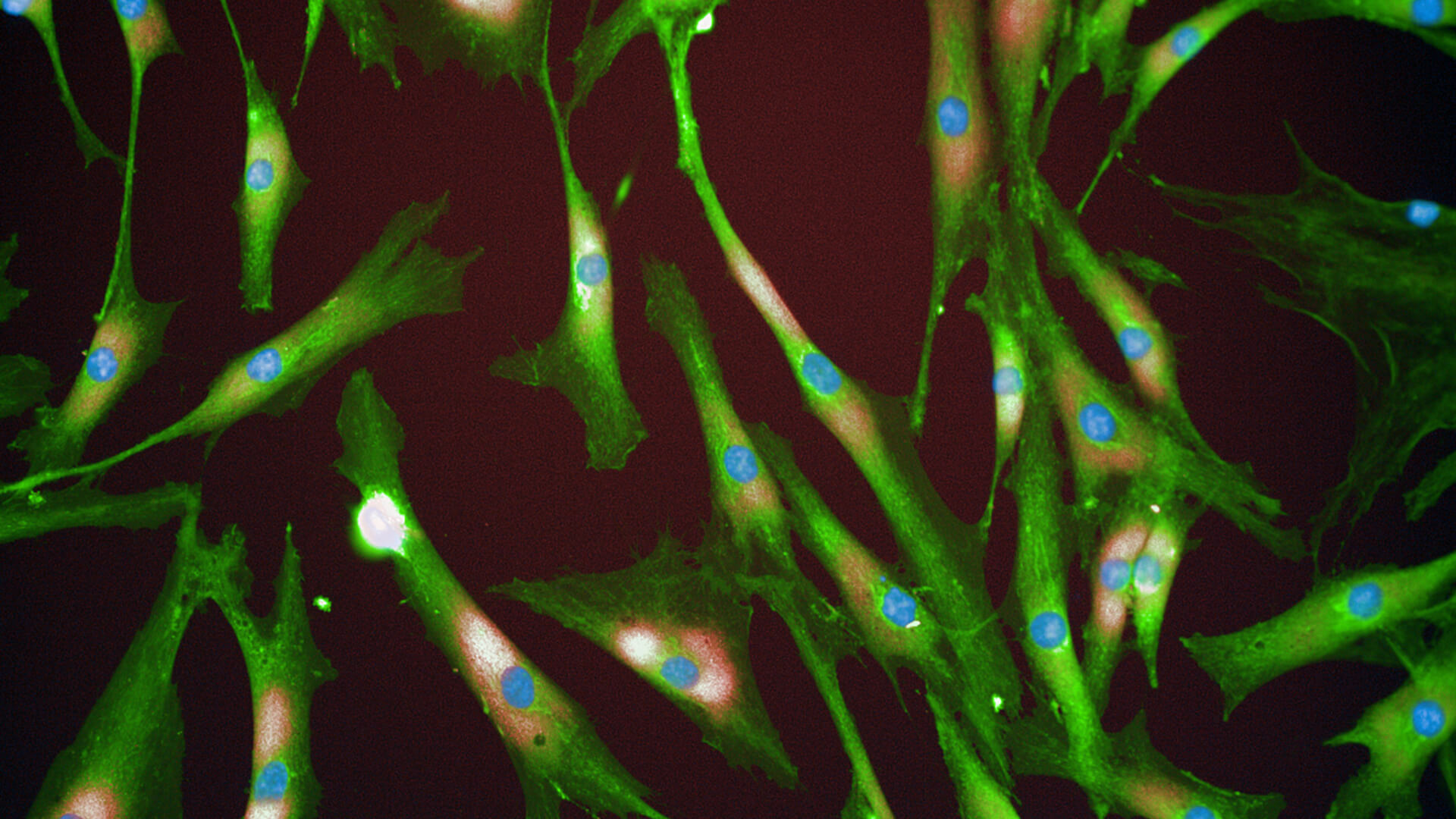 Senescent primary human fibroblast cells.
Senescent primary human fibroblast cells.
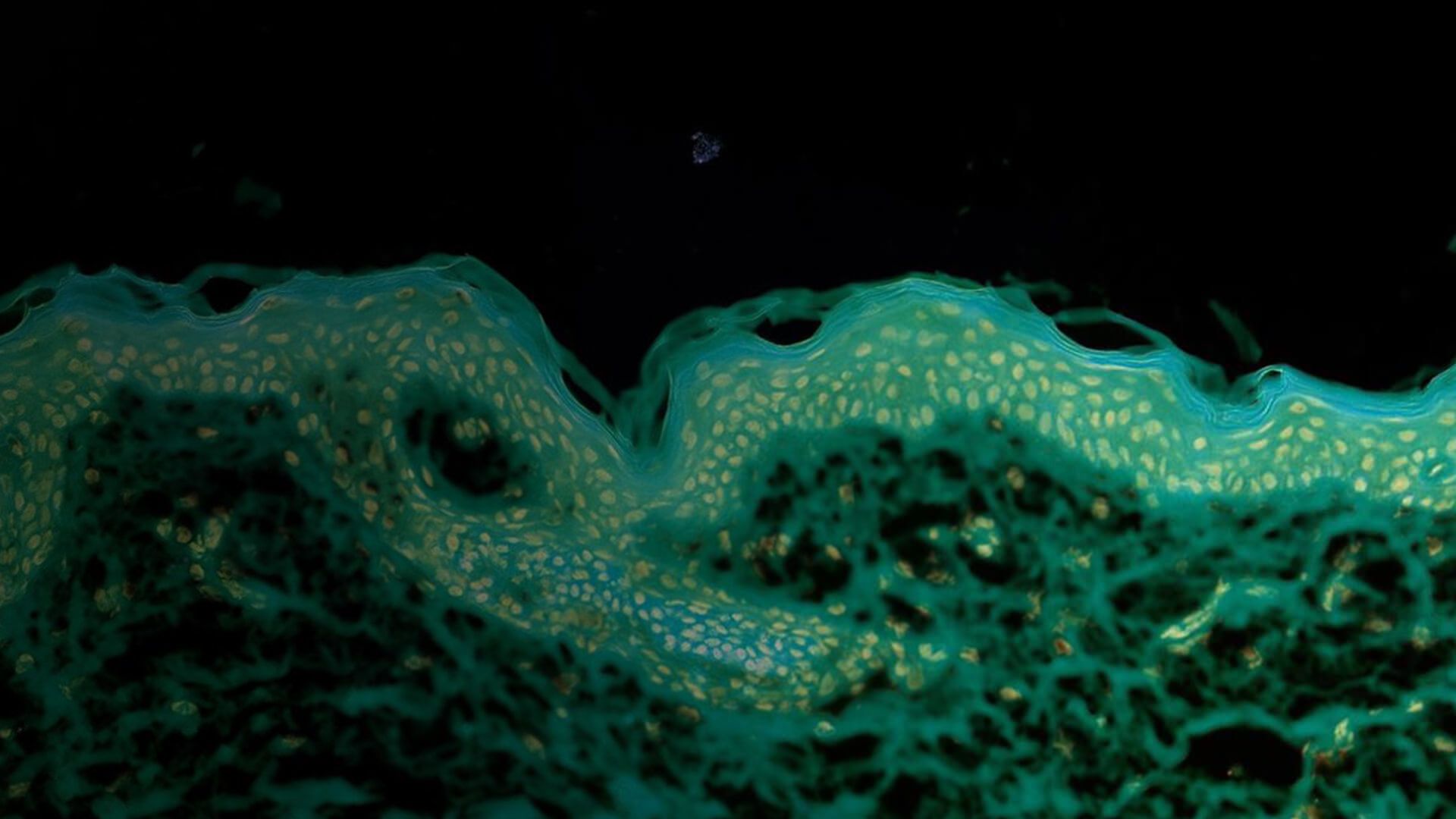 Senescent primary human endothelial cells.
Senescent primary human endothelial cells.